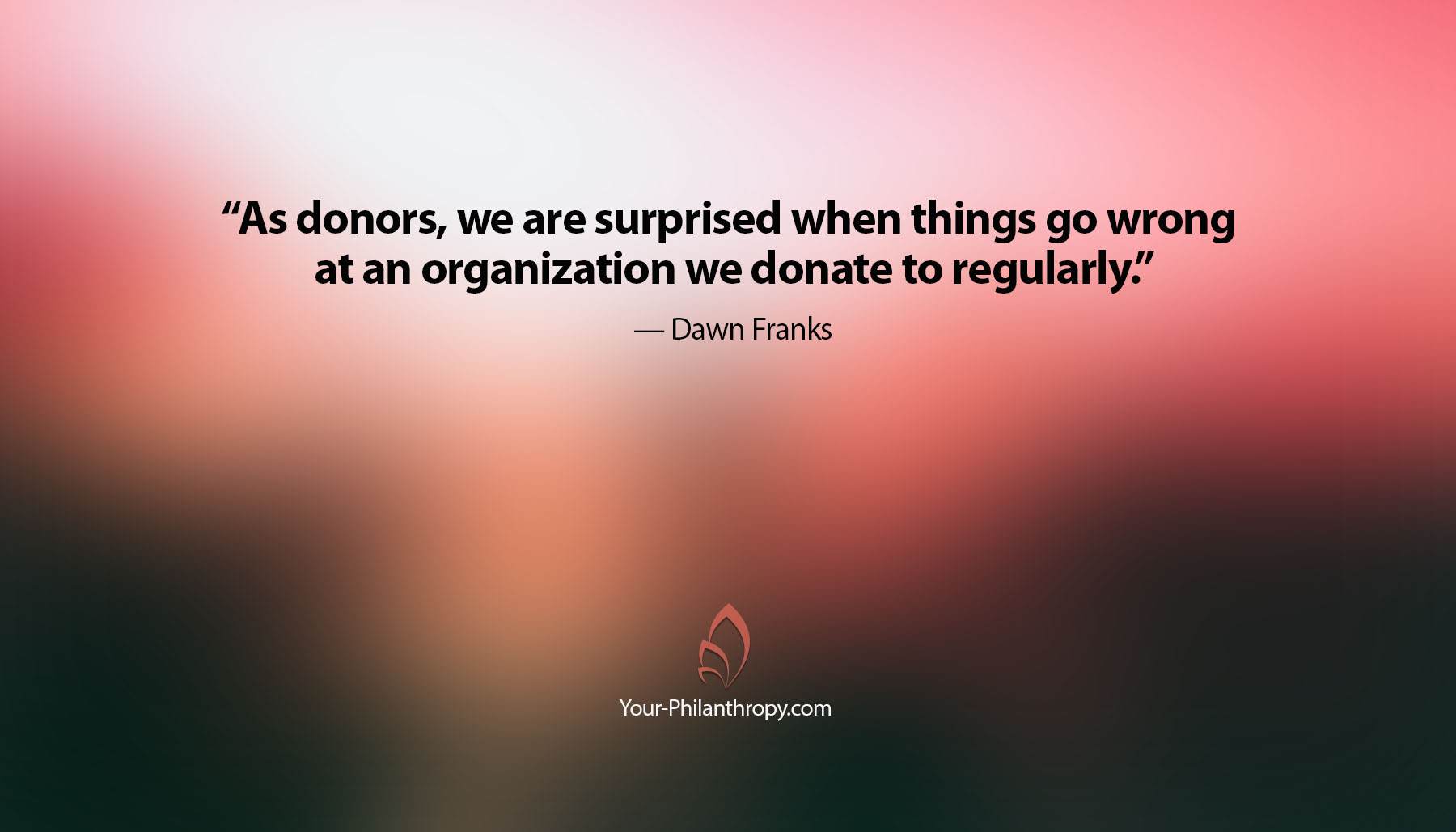The recent three-day weekend afforded extra time for my gardening habit, what I call the green monster in my yard. It takes a lot of my free time and is the source of both pleasure and pain.
Recently, I experienced some of the pain while trimming bushes. Close by is a pretty, low growing plant called Walkers Low Catmint. I planted it in anticipation of the pleasure our cats would experience rolling around in it. While they’ve been slow to warm up to it, the bees have not. And on this day, it was covered in hundreds of them busy pollinating. I did see them but was oblivious to any danger.
I grow many plants that attract pollinators, hummingbirds and bees, alike and often work closely around them. We’re like old friends at the grocery store, occasionally bumping into each other. So, I was surprised to have a bee land on a finger with the sting of vengeance.
I reacted quickly with a paste of baking soda, and it soon felt better. Minutes later I went right back to work on my long list of chores, determined not to let this inconvenience slow me down. My finger reacted with only slight swelling.
Much to my surprise the next morning, however, I awoke to see a swollen hand. By noon it had moved into my wrist and become very uncomfortable to even bend my hand. But it wasn’t painful and I didn’t experience an allergic reaction. I kept on with my daily activities.
In my first meeting of the day, I told a colleague I hoped if I kept moving it the swelling would subside more quickly. She was doubtful.
Later that same day I was discussing the health of a nonprofit with my visibly swollen hand clumsily holding a pen to take notes. It naturally led into a question about how to evaluate the health of a nonprofit board of directors.
My answer was, “it is hard to evaluate the health of nonprofit boards because they operate in the background, behind the scenes of the services the organization delivers.” When things go wrong, like my hand, the swelling and allergic reaction starts slowly and is then suddenly apparent to everyone.
Organizations Experience Challenges and Problems
They usually start slowly. As donors, we are surprised when things go wrong at an organization we donate to regularly. We can’t see the critical role played by the board of directors.
So, just like I went to bed with a slightly swollen finger and woke the next morning surprised to see a swelling hand and wrist, you can be just as surprised that your favorite nonprofit is experiencing problems that trace all the way back to the board of directors.
The First Reaction to Hints of a Problem
- Donors continue to give for a time.
- Employees continue to go to work for a time.
- Volunteers continue to volunteer for a time.
- They all hope it gets better soon, and lament the passing of time.
If the Shoe Fits, Tie the Laces and Get in the Right Race
If you serve on a board of directors and meetings are tense, issues seldom discussed or problems glazed over then it is entirely your responsibility to be forthright and a leader in the boardroom. Parking lot discussions with a committee of a few do not help an entire board own its role in the health of the nonprofit. Stay focused on the right things and get healthy.
How to Be More Than a Fair-weather Supporter
As a donor, your role is different, but essential, when you see hints of a problem. If it is early and the swelling not too pronounced you can continue to support them but do it at a lower level for a time.
If the problems continue to grow I encourage you to step back but listen, watch, and ask questions.
As a volunteer showing up to continue helping provide services buys critical time the board may need to work through the challenges.
The truth is that most nonprofits go through challenges that can swamp the board for a time, but they seldom close their doors.
The Good News
That’s the good news for us as donors. When their work is essential to our community and important to us individually, then as they work their way out of the swamp we can be ready to step back in or increase our donations.
The need for their services seldom fade. Being prepared to give again touches the true meaning of philanthropy, a love for mankind.
When have you hung in there for a nonprofit organization? When have you made the difference that keeps the doors open?
Like it? Use it. Share it. Comment Below.


Dawn, I loved this one. I wish you could address how my favorite kind of nonprofit, churches, can handle challenges gracefully with lots of openness and discussion. Is it even realistic to think churches could enjoy community collaboration style fellowship and leadership instead of a top-heavy authority leadership style? Am I being naive?